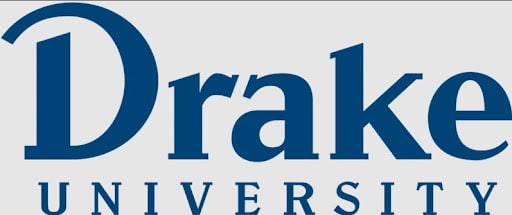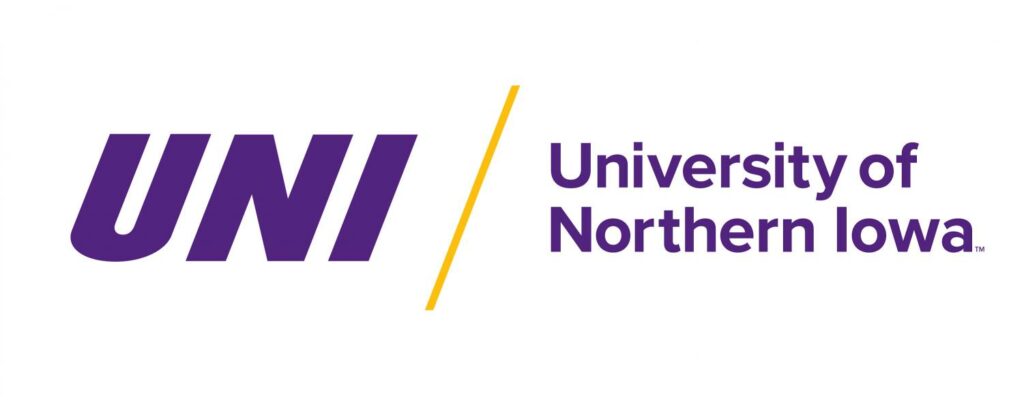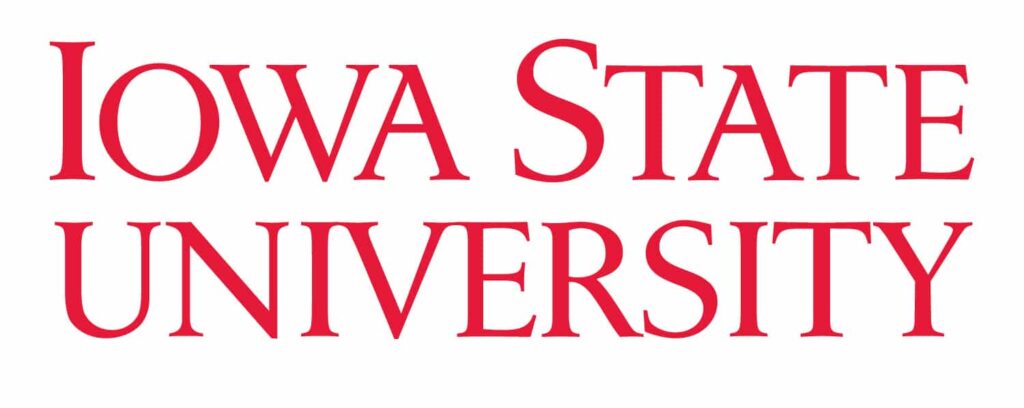The future of corporate culture
Power Breakfast panelists weigh in on creating successful work environments

The needs for more talent and strategies to welcome, include and retain a diverse workforce have been top concerns for business leaders in the past few years. Then a global pandemic, remote working and a national racial reckoning disrupted workplace culture even further.
At our Sept. 9 Power Breakfast, panelists talked about the future of corporate culture as it relates to all these challenges and opportunities. Ahead of the event, we asked panelists to answer: What’s one strategy business leaders should implement to ensure a bright future for their corporate cultures?
Here’s what they said.
— Emily Barske, Business Record editor
Sharon Gaddy-Hanna, vice president human resources business partner/employee relations officer, Bankers Trust Co.
One strategy that business leaders can incorporate is an equity lens to ensure that their corporate culture includes diversity, equity and inclusion. Due to the ever-changing demographics of our world, state and city, employers will have to be more intentional in their efforts to create and retain a culturally diverse workforce.
Our corporate culture should demonstrate diversity in our workforce. Potential talent will be looking at those employers who have proven their commitment to diversity, equity and inclusion. Companies can no longer just talk about their commitment or their passion; demonstrated examples must be visible.
It is critical that inclusive voices are represented at the decision-making table. It is equally important that equity exists to ensure that growth and development opportunities are made available to all.
An equity lens will allow leaders to measure where they are, establish strategies to become more effective in this space, attract and retain diverse talent, increase their customer base, create new vendor relationships, and expand their footprint in the community. Those business leaders who have a vision, who have a passion and are not afraid to be a trailblazer in this space will ensure a bright future for their corporate culture.
Claudia Schabel, president and CEO, Schabel Solutions
According to Peter Drucker, “Culture eats strategy for breakfast.” In other words, culture trumps strategy. When organizational culture is aligned with business strategy and leadership expectations, it is a differentiator in the marketplace – good things happen. The opposite is also true: A misalignment of culture and strategy can lead to failure.
Leaders often use the terms “core values” and “organizational culture” interchangeably. In reality, they mean two different things. Core values are the stated aspirations and ambitions of an organization in terms of behaviors and priorities. Culture is what results from what leaders and employees actually do in their daily interactions, decision-making and behaviors. Culture reflects an organization’s priorities. Often, there is unintentional misalignment between what is said and what is done.
When an organization is in doubt about the alignment of its culture with its strategy, an assessment is necessary.
First, leaders must understand their organization’s culture and assess its intended and unintended impact on business outcomes. Second, leaders need to determine how those outcomes are aligned with their organizational core values, guiding principles, leadership expectations and marketplace conditions. Is there a disconnect? Third, leaders need to close any identified gaps by committing to culture change and selecting and developing leaders who can make that happen.
Research has shown that inclusive, collaborative and innovative organizational cultures help ensure that strategies are executed most effectively and successfully.
Culture is critical to organizational success.
Katie Graham, attorney and shareholder, Nyemaster Goode
Focus on talent, not location. As more and more employers see proven results with a remote workforce, they are becoming increasingly willing to open their job searches to a national and even global market. Des Moines employers who don’t follow suit will be left looking at a local talent pool picked over by employers in larger markets. The pandemic has forced us to become more flexible and nimble. Organizations should be looking at ways to continue this flexibility, considering alternative work arrangements in order to ensure retention and hiring of the highest caliber because the truth is, employees will now — and forever — have more options.
In order to do this, there are considerations that organizations should be looking at now so that all the pieces are in place when it’s time to act. Make sure your organization has a plan for complying with another state’s employment, tax and leave laws in the event you need to retain or hire an employee in that state. Continue to search for ways to bring people together even when they are separated by distance.
There will always be people who thrive best in a workplace where they get to collaborate. There’s a place for that. It’s just going to be important to stay flexible rather than going back to making arbitrary and one-size-fits-all decisions.
Gilmara Vila Nova-Mitchell, director of DEI, IMT Insurance, leadership consultant, Sarah Noll Wilson Inc.
The pandemic led many organizations to abruptly become fully remote. Although most companies adapted quickly to the massive remote work experiment, organizational culture has become more complex than ever. Leaders have been tasked to start imagining the future of their organization in a world where office rituals aren’t present and team members have limited in-person interactions. Organizational cultural norms continue being created, but are now guided by different routines.
Here are some strategies leaders can use to keep their organizational cultures healthy during this challenging time:
- Acknowledge that culture can no longer be thought of and shaped the same way. The way we work will never be the same — and as a result, we need to think about developing culture differently.
- Become crystal clear in communicating and modeling your organizational values and the type of culture you strive to encourage.
- Elevate stakeholder voices during this transition to fully understand the best ways to respond. Increasing touch points with those you serve and listening intentionally to identify how to provide the support needed are more important than ever.
- Remain flexible adjusting to team members’ needs as individuals that have been affected uniquely by the pandemic. People’s needs are dynamic, not static, and your organization needs to be able to adapt to those shifts to meet their needs.
- Increase opportunities to celebrate and recognize team members’ contributions.
Not all organizations will come out stronger from the current pandemic and its devastating impact. But leaders can help their teams navigate the current context in a way that is authentic to the organization and yet responsive to our reality.
Emily Forrester, vice president of human resources, Workiva
A thriving company culture is not built by company leaders alone. It’s built with, by and in partnership with committed and engaged employees. Employees expect compassion, care and transparency from their employer on topics that are both directly and indirectly related to business, and employers should follow a strategy to thoughtfully engage in those conversations, not avoid them. With authentic two-way ongoing communication on timely and relevant issues that are affecting employees’ lives (both inside and outside of the workplace because — let’s be honest — people can’t check their personal lives at the door when the come to work), employees will feel more connected to the company’s leaders, values and culture and ultimately better equipped to uphold and add to the company culture themselves.
Leaders who recognize, appreciate and can harness the power of well-intentioned employee feedback to drive change and contribute to innovation will experience a stronger corporate culture and will be better equipped with a cadre of culture ambassadors who will ensure that the future stays bright for all.
Troy Vincent, founder and CEO, Navigate Wellbeing Solutions
Connect your employee benefits to your values and your purpose. Here’s how you do it:
At Navigate we have a shared foundation of meaning and clarity on why we exist as a company, our purpose, what we do for others (value agenda), and how we go about doing it. Our culture propels our why, what and how.
In our experience, when translating this vision into tangible action and results, I would recommend dividing the journey into manageable stages to improve the likelihood of success.
- Aspire: Set your compelling long-term vision. Use a data-driven approach to analyze strengths and gaps.
- Listen and then listen again: It should be a collaborative effort to define the needs and evaluate the data.
- Architect a culture of care: Behavior is hard-wired in the organization by activating aspiration. Leaders should be engaged and be role models, fostering understanding and conviction by delivering a compelling change story. They should put the plan in place, reinforcing tools, resources (well-being program) and moments that matter (i.e., onboarding, referral programs, check-ins).
- Personalize: Manage the journey by promoting behavior and mindset shifts at the individual level. Personalize the experience – use technology to gather info and understand individual employees’ attributes and preferences, personalize content and coaching, and track progress.
- Empower: Embed continuous improvement with an agile, data-driven approach. Leading organizations use data to pinpoint high-impact opportunities to rapidly iterate and institutionalize improvement.
Employees are no longer face to face every day, but the truth is that a performance culture can be built anywhere, and these actions can apply in any type of working environment. Connect benefits to your values and your purpose. Folks are deflated. Fresh air proves that – the Great Resignation. Your company benefits show your employees you value the same things they do.










